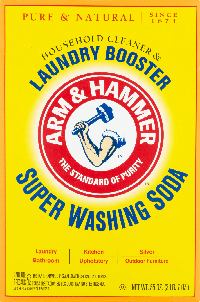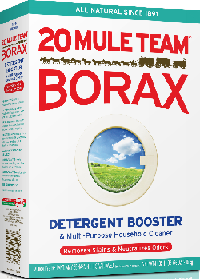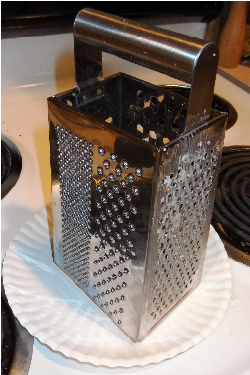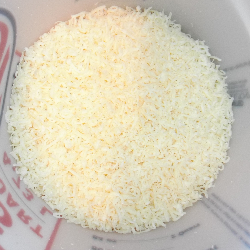Laundry Detergent
Laundry detergent can be made a couple different ways. The recipes are shown below. Some of them require you to make some bar soap. This recipe will not go over then entire bar soap recipe that is required to work through this process.
Odds are that you will look at these recipes and think that the first recipe makes sense as you are buying commercially available products that were bought in the right aisle. You'll then look at the second recipe and think that I'm NUTS for suggesting that you use pork lard to wash your clothes.
Hear me out.
First, let's analyze the costs associated with using Tide™ laundry detergent, the Unscented and Store-Bought recipe, and the Scented and Homemade recipe.
| Tide™ | Unscented & Store-Bought | Scented & Homemade | ||||
|---|---|---|---|---|---|---|
| Ingredients | 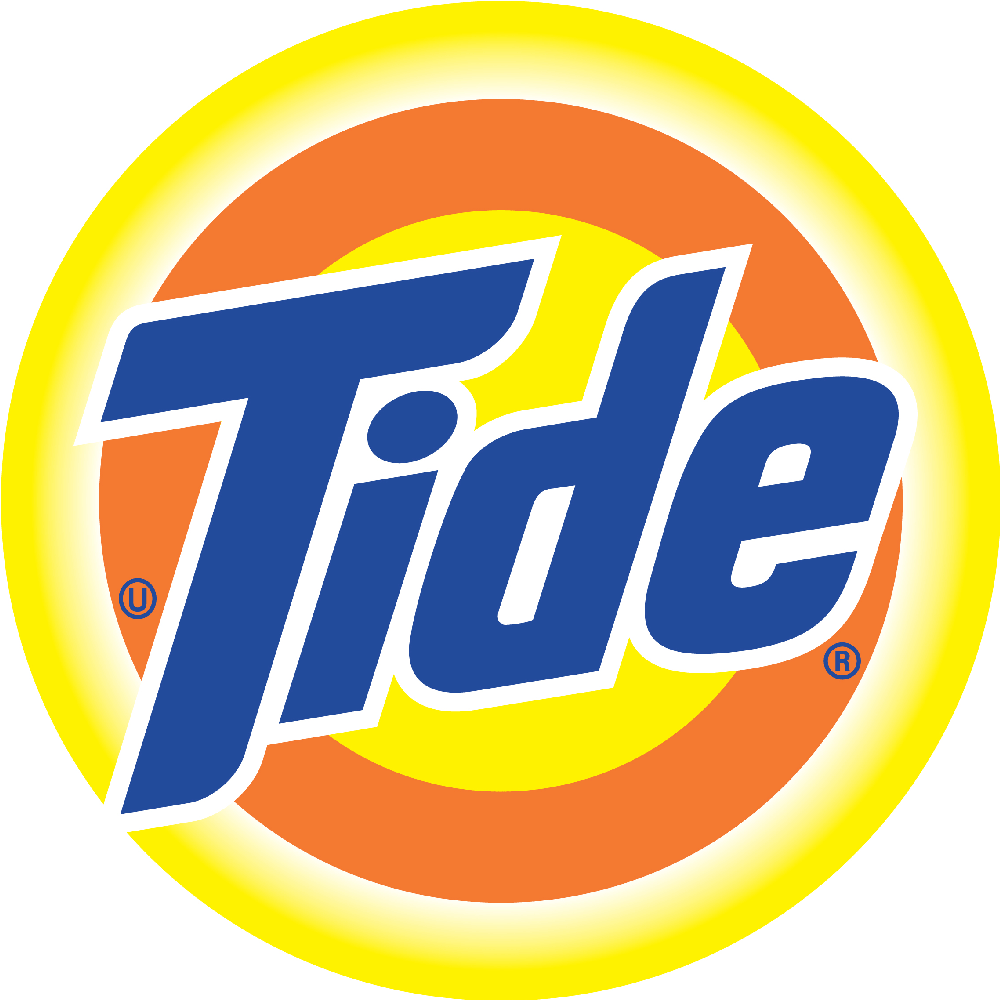 |
$45.68 | 5 oz. Fels-Naphtha | $5.65 | 3.33 oz. lard | $3.64 |
| 0.47 oz. lye | $0.22 | |||||
| 1.18 oz. water | $0.01 | |||||
| ¼ tsp lavender oil | $0.56 | |||||
| 1 cup borax | $2.75 | 1 cup borax | $2.75 | |||
| 1 cup washing soda | $3.46 | 1 cup OxiClean | $2.03 | |||
| Ingredient Cost | $45.68 | $11.86 | $9.21 | |||
| Laundry Loads | 146 | 48 (1 Tbsp per load) | 48 (1 Tbsp per load) | |||
| Cost per Load | $0.31 | $0.25 | $0.19 | |||
| 7.5% Sales tax was included. Cost per load ratios of Tide™, Fels-Naptha, & lard will be constant. | ||||||
Already, it is obvious that the store-bought detergent is more expensive than the homemade detergent, but everything homemade is always cheaper. But the pork lard soap saves as much per load over the Fels-Naphtha as the Fels-Naphtha saves over the Tide™. What's more, if you eliminated the lavender oil from the recipe, you'd save over a penny per load.
Still not convinced? Well let's dive into Fels-Naphtha for a moment. What's in it? According to the Purex Website, the Fels-Naphtha is an assortment of ingredients including soap made from one or more of sodium cocoate, sodium palm kernelate, sodium palmate, and sodium tallowate. Translating that into English: the soap is made from coconut oil, palm kernel oil, palm oil, and tallow (rendered beef fat). The rest of the ingredients are either ingredients in homemade soaps (water, glycerin), or are added for cosmetic value only. Therefore, the only important pieces of the recipe are the soaps.
Coconut oil, palm kernel oil, palm oil, and tallow are all oils made primarily from saturated fatty acids. Pork lard also happens to be primarily saturated fat. Therefore, soap made from lard and the soaps in Fels-Naphtha are chemically similar enough to do the same job.
Still bothered by using animal fat in your laundry? Well, Fels-Naphtha contains tallow...Beef Lard. You're already using animal products.
STILL bothered, but now by both the lard recipe and the Fels-Naphtha? Well then make a recipe of soap bars made from Coconut Oil. It's a saturated fat, and a plant product. You still need a 5 ounce bar for the recipe.
My personal opinion? I don't like the smell of the store-bought recipe. It smells industrial, which may be a great smell for a workshop, just not for clothing. Therefore, I recommend the pork lard version.
|
Unscented and Store-Bought
|
Scented and Homemade
| |||||||||||||||||||||||||||||||||||||||||||||||||
Because washing soda is chemically sodium carbonate (Na2CO3), you can substitute an oxygen-based laundry detergent booster for the Na2CO3.
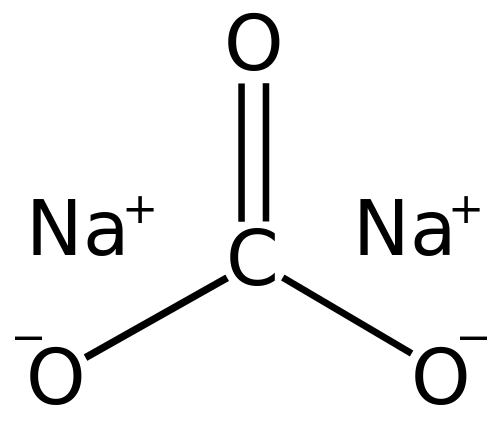
The oxygen-based laundry detergent booster that is used throughout the industry is chemically called sodium percarbonate and is a chemical adduct of Na2CO3 and hydrogen peroxide (H2O2). Adducts are two or more seperate molecules that loosely bond together to form a distict compound. Usually, they are formed with water, such as cupric sulfate pentahydrate (CuSO4·5H2O). In this case, sodium percarbonate has the structure 2Na2CO3·3H2O2. When making detergent, you can substitute 1 cup of Na2CO3 with 1 cup of 2Na2CO3·3H2O2. 2Na2CO3·3H2O2 is sold commercially by many names, but you most likely know it as OxiClean.
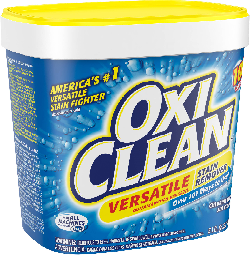
Additionally, you can substitute 1 cup baking soda, chemically called sodium bicarbonate (NaHCO3) for the 1 cup Na2CO3. This won't be as strong as the Na2CO3, and considering that the 2Na2CO3·3H2O2 is stronger than the Na2CO3, NaHCO3 will be significantly less strong than 2Na2CO3·3H2O2.

